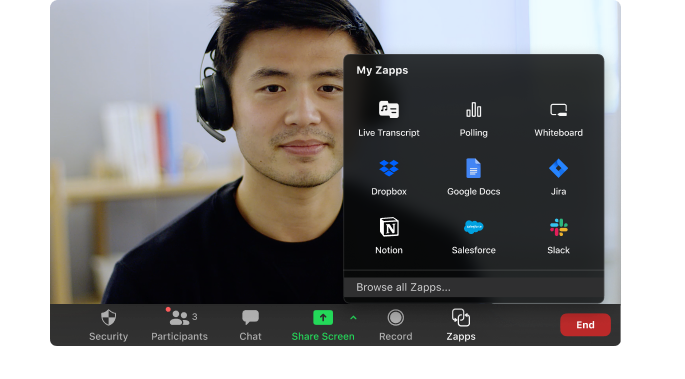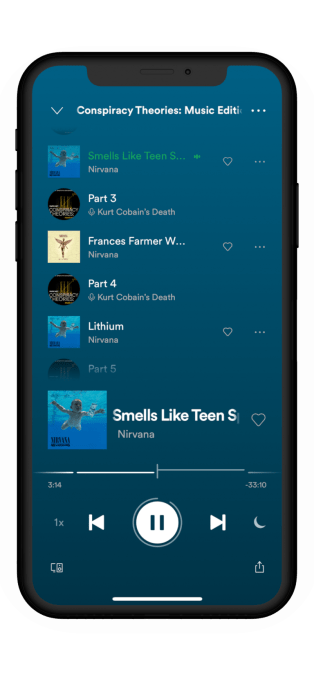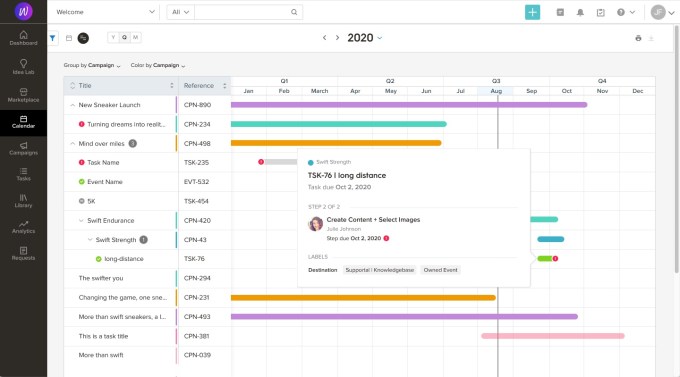- October 14, 2020
- by:
- in: Blog
An investigation into this summer’s Twitter hack by the New York State Department of Financial Services (NYSDFS) has ended with a stinging rebuke for how easily Twitter let itself be duped by a “simple” social engineering technique — and with a wider call for key social media platforms to be regulated on security. In the
An investigation into this summer’s Twitter hack by the New York State Department of Financial Services (NYSDFS) has ended with a stinging rebuke for how easily Twitter let itself be duped by a “simple” social engineering technique — and with a wider call for key social media platforms to be regulated on security.
In the report, the NYSDFS points, by way of contrasting example, to how quickly regulated cryptocurrency companies acted to prevent the Twitter hackers scamming even more people — arguing this demonstrates that tech innovation and regulation aren’t mutually exclusive.
Its point is that the biggest social media platforms have huge societal power (with all the associated consumer risk) but no regulated responsibilities to protect users.
The report concludes this is a problem U.S. lawmakers need to get on and tackle stat — recommending that an oversight council be established (to “designate systemically important social media companies”) and an “appropriate” regulator appointed to ‘monitor and supervise’ the security practices of mainstream social media platforms.
“Social media companies have evolved into an indispensable means of communications: more than half of Americans use social media to get news, and connect with colleagues, family, and friends. This evolution calls for a regulatory regime that reflects social media as critical infrastructure,” the NYSDFS writes, before going on to point out there is still “no dedicated state or federal regulator empowered to ensure adequate cybersecurity practices to prevent fraud, disinformation, and other systemic threats to social media giants”.
“The Twitter Hack demonstrates, more than anything, the risk to society when systemically important institutions are left to regulate themselves,” it adds. “Protecting systemically important social media against misuse is crucial for all of us — consumers, voters, government, and industry. The time for government action is now.”
We’ve reached out to Twitter for comment on the report
Among the key findings from the Department’s investigation are that the hackers broke into Twitter’s systems by calling employees and claiming to be from Twitter’s IT department — through which simple social engineering method they were able to trick four employees into handing over their log-in credentials. From there they were able to access the Twitter accounts of high profile politicians, celebrities, and entrepreneurs, including Barack Obama, Kim Kardashian West, Jeff Bezos, Elon Musk, and a number of cryptocurrency companies — using the hijacked accounts to tweet out a crypto scam to millions of users.
Twitter has previously confirmed that a “phone spear phishing” attack was used to gain credentials.
Per the report, the hackers’ “double your bitcoin” scam messages, which contained links to make a payment in bitcoins, enabled them to steal more than $118,000 worth of bitcoins from Twitter users.
Although a considerably larger sum was prevented from being stolen as a result of swift action taken by regulated crypto companies — namely: Coinbase, Square, Gemini Trust Company and Bitstamp — who the Department said blocked scores of attempted transfers by the fraudsters.
“This swift action blocked over 6,000 attempted transfers worth approximately $1.5 million to the Hackers’ bitcoin addresses,” the report notes.
Twitter is also called out for not having a cybersecurity chief in post at the time of the hack — after failing to replace Michael Coates, who left in March. (Last month it announced Rinki Sethi had been hired as CISO).
“Despite being a global social media platform boasting over 330 million average monthly users in 2019, Twitter lacked adequate cybersecurity protection,” the NYSDFS writes. “At the time of the attack, Twitter did not have a chief information security officer, adequate access controls and identity management, and adequate security monitoring — some of the core measures required by the Department’s first-in-the-nation cybersecurity regulation.”
European Union data protection law already bakes in security requirements as part of a comprehensive privacy and security framework (with major penalties possible for security breaches). However an investigation by the Irish DPC of a 2018 Twitter security incident is still yet to conclude after a draft decision failed to gain the backing of the other EU data watchdogs this August — triggering a further delay to the pan-EU regulatory process.











